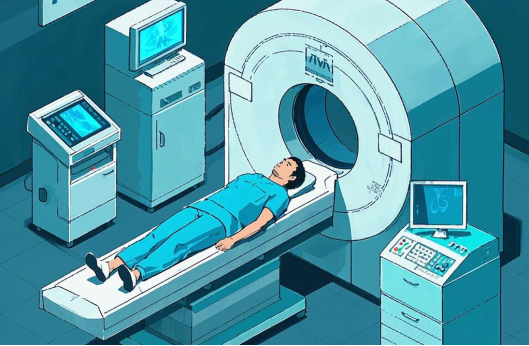Contrast injection has been an integral part of modern medical imaging. It provides a detailed image for the healthcare professional to diagnose, especially during procedures like CT scans and MRIs. Regardless of its efficiency, safety is still the essence of contrast injection to promote positive health outcomes.
Surprisingly, ensuring safety is not difficult at all. This article gives important guidelines on how to improve safety through contrast injection procedures. We will also focus on best practices and some guaranteed solutions that will better help people and overall care delivery; keep reading!

Understanding Contrast Injection and Its Risks
Contrast injection is a process that introduces some special contrast agent into the body of a patient, allowing internal structures to appear clearer on images produced from a CT scan or MRI. Improved image clarity makes it easier for clinicians to diagnose abnormalities, track the course of diseases, and make precise interventions.
Though very commonly used, contrast injection does pose certain risks. The contrast media used may cause allergic reactions in the patients, ranging from discomfort to severe anaphylactic responses. Extravasation is another form of complication, where it leaks into the surrounding tissue, causing pain and swelling in the affected area. A device-related problem, improper flow rates, or other equipment malfunctions can all increase the risk.
Minimizing these hazards requires a comprehensive understanding of the procedure, adherence to stringent safety protocols, and the use of reliable, high-quality equipment. Implementing these measures ensures that the benefits of contrast injection outweigh the risks, making it a safer and more effective tool in medical imaging.

4 Pro Tips to Make Contrast Injection Safer
Safety, in contrast injection procedure, relies heavily on proper planning, adequate equipment, and competent personnel. Systematic planning of procedures would reduce risks and improve the results.
1. Comprehensive Patient Assessment
Comprehensive patient assessment is the first step toward a safer procedure. A patient's medical history is critical to identify risk factors. It includes,
● Checking allergies to contrast media
● Assessment of kidney function
● Evaluation of any pre-existing conditions
This comprehensive history of the patient allows the clinician to individualize the procedure, thereby reducing the potential for adverse reactions.
2. Use Reliable Contrast Media
The clarity of imaging improves with a good quality contrast agent with low risk of complications. Pharmaceutical technology has advanced and enabled the development of safe and effective agents for a broad range of patients.
3. Use Advanced Contrast Media Injectors
Modern injectors have flow rate controls with precision, pressure monitoring, and fail-safe mechanisms to drastically minimize the risks. Delivery of the contrast agent is both constant and precise because of the injectors; extravasation and other related risks are therefore eliminated. Easy handling due to automation of the procedure makes it safer for patients as well as healthcare providers.
4. Train Staff Thoroughly
Equally important is the proper training of medical staff. The best equipment and protocols are only as good as the personnel using them. Training programs should be comprehensive and include technical handling of equipment, potential complications, and emergency response protocols. A well-trained staff can proactively identify problems and ensure a smooth, safe experience for patients undergoing contrast injection procedures.


 Medical Imaging Products
Medical Imaging Products Anesthesia Intensive Care
Anesthesia Intensive Care Cardiovascular and Peripheral Products
Cardiovascular and Peripheral Products



